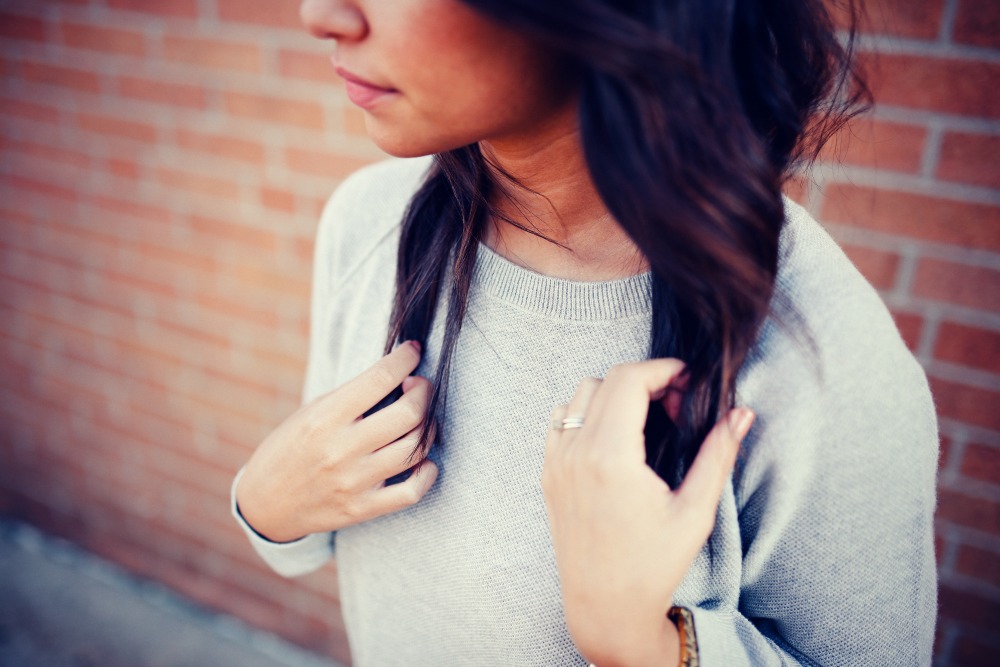Social anxiety is like the ‘friend’ who shows up at the worst time – every time – gives you a squeezy, suffocating embrace and promises to stay by your side, warn you about everything, and keep you safe (read, ‘keep you all to itself’). Just in case you think this time might be different, the chatter sets in, ‘You know everyone is looking at you, right?’ ‘Have you thought about what they’re thinking of you?’ ‘What if you can’t find the words – or worse, what if say completely the wrong thing?’ ‘Is it just me or are you sweating – I’m pretty sure people can tell. And is your face glowing red?’ It’s relentless and it’s exhausting.
Social anxiety happens on the inside. On the outside, people with social anxiety are generally really well-liked by the people who know them. They’re sensitive, intelligent and socially very capable, often with a high amount of the qualities that make people pretty great to be around – emotional intelligence, sensitivity, creativity – and fun. People with social anxiety can be so much fun.
Social anxiety is common but one of the planet-sized lies it will tell is that you’re the only one – the only one people are watching, the only one who runs out of words and the only one who seizes up at the worst possible times.
Ok. So tell me. What can make a difference?
Recent research has found something that can make a difference to the symptoms of anxiety. The role of the gut in mental health is now widely accepted in the scientific community. The healthier your gut (yes healthy gut bacteria, we’re talking about you), the healthier your mental health. The link between the gut and the brain has been well established by reams of research.
A recent study found that people who tend to be socially anxious report less social anxiety if their diet contained fermented foods (which contain probiotics). As explained by researcher Matthew Hillmire:
‘It is likely that the probiotics in the fermented foods are favorably changing the environment in the gut, and changes in the gut in turn influence social anxiety.’
The research is in its early days, but the findings are supported by an abundance of research that has come before it, which has found that foods that contain probiotics may have a protective effect against the symptoms of social anxiety.
There is no doubt that probiotics are kind of wonderful in the way they improve the health of the gut, which we now know also improves the health of the mind. Fermented foods are probiotic powerhouses that work by increasing the good bacteria in the gut, the home of our ‘second brain’.
As a side note, the research also found that exercise was related to reduced social anxiety. The relationship between exercise and reduced anxiety has been shown over and over and ov… you get the message. Exercise helps to neutralise the physiological symptoms of anxiety. When the brain senses threat, it powers up the body to deal with that threat by surging the body with neurochemicals (cortisol, adrenaline etc) to make the body strong, fast and powerful. When there is no need for fight or flight (because the threat is not real), the chemicals build up and can contribute to the physical feelings that are associated with anxiety. Exercise is the natural end to the fight or flight response. It burns up the neurochemicals and helps to restore the body to its neutral state.
But first, something to keep in mind …
The introduction of probiotics to has to happen slowly. Introducing massive amounts of probiotics can lead to a worsening of symptoms because when probiotics kill off pathogens, they release toxins. It is these toxins that are likely to be already contributing to symptoms (depression, anxiety, physical illnesses), but when the release of toxins is suddenly increased (by the increase of probiotics), the symptoms may also increase.
So, when you say fermented foods …
Okay, so now that the cautionary tale has been told and you know not to go nuts on fermented foods straight up, here are some popular fermented foods that are generally readily available:
Miso (a Japanese seasoning made from fermenting soybeans).
Yoghurt (look for the ones that say they contain live and active cultures.)
Kefir (a drinkable yogurt, slightly more tangy)
Sauerkraut (fermented cabbage)
Kimchi (fermented cabbage – the Korean version)
Tempeh (made from soybeans – tofu’s nuttier, chewier, firmer, less processed cousin).
And finally …
The connection between a healthy gut and healthy mind has been clamouring at us to notice – and we have. Strengthening the gut will strengthen the mind and is a low-risk intervention to relieve social anxiety – bring on the exhale.
[irp posts=”1675″ name=”Our ‘Second Brain’ – And Stress, Anxiety, Depression, Mood”]
[irp posts=”590″ name=”Anxiety, Depression and the Surprising Role of Gut Bacteria”]



I wish mental health professions (and regular doctors who treat our “physical” illnesses) treated our bodes and minds as a whole and looked at how one part affects another, as you so well explained in the article above. We just get medicated without trying to find the culprit of our anxiety or whatever the problem might be. Frustrating the state of our medical system…medicate, medicate first rather than educate and then look at meds as a last resort.
That is very interesting. We treat patients who have become addicted to opiates, and more often than not they are self-medicating emotional issues. Anxiety is a huge part of it. Sometimes small thing that we oversee, can make a difference.
Your articles and this website save people thousands of dollars every week. 😉 Thank you for sharing your knowledge, at no cost to us. (don’t get me wrong, I’ll pay if you ever decide to charge to become a member of your website!). Thank you so much…. you will never know the impact you have made, just on my little family!
Thanks so much Debi. As always, I’m so grateful for your heartfelt words and your encouragement.